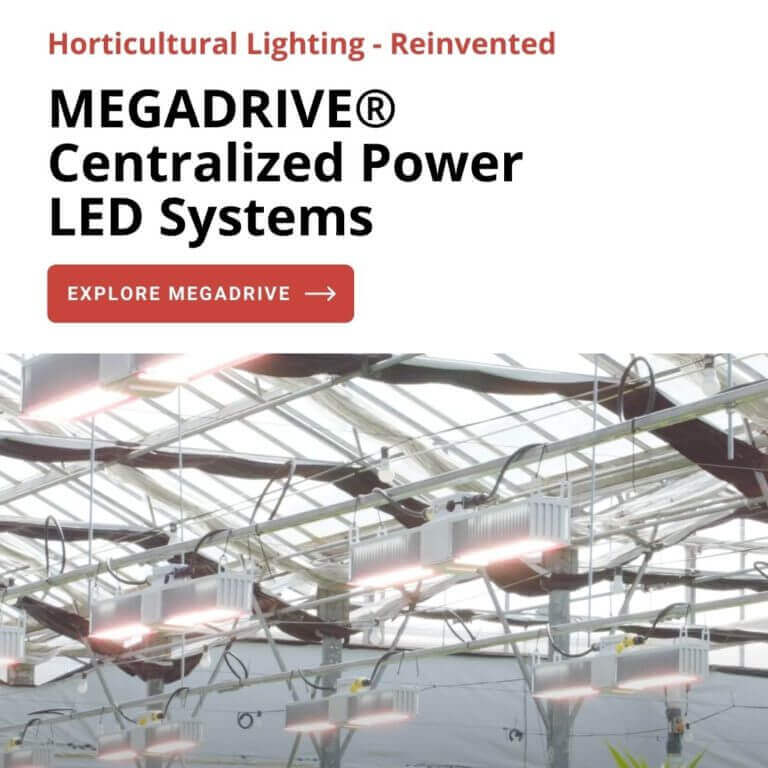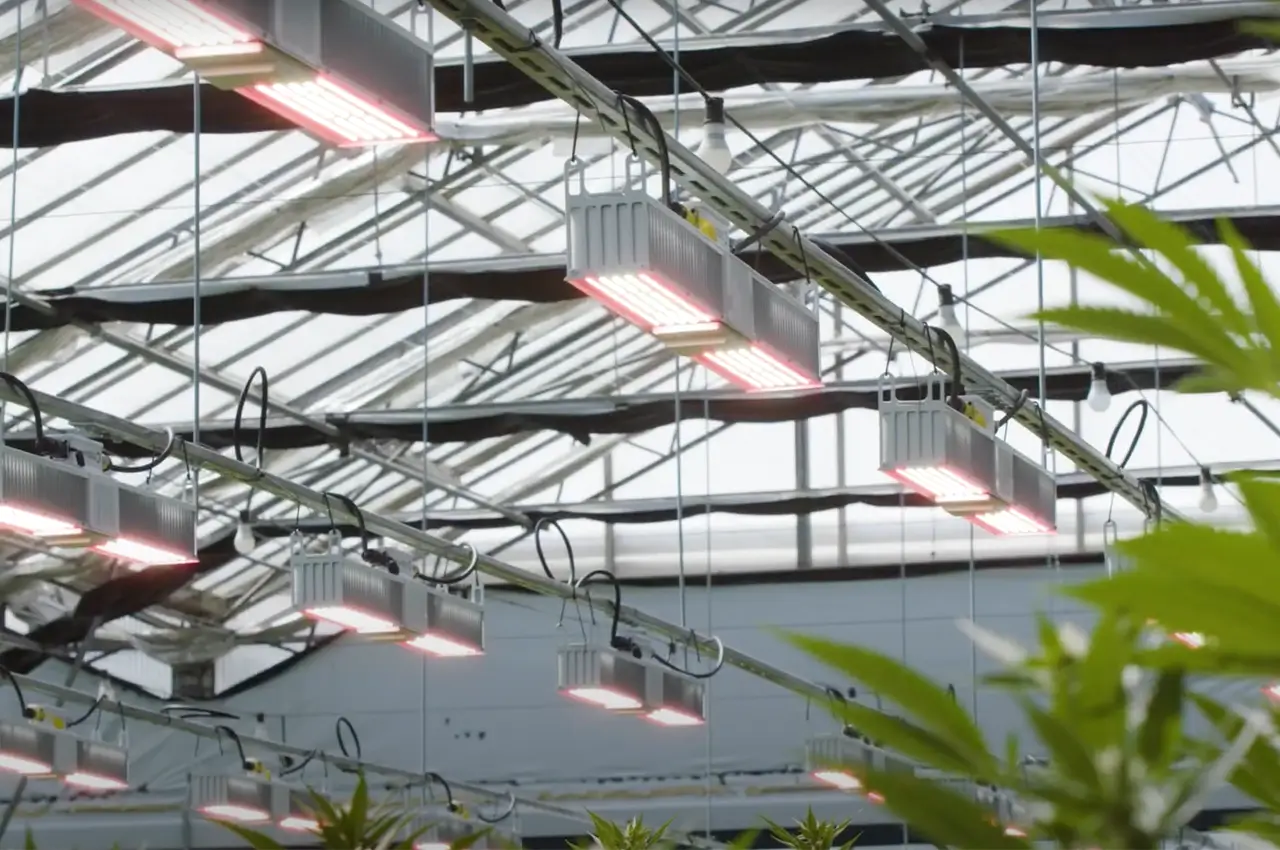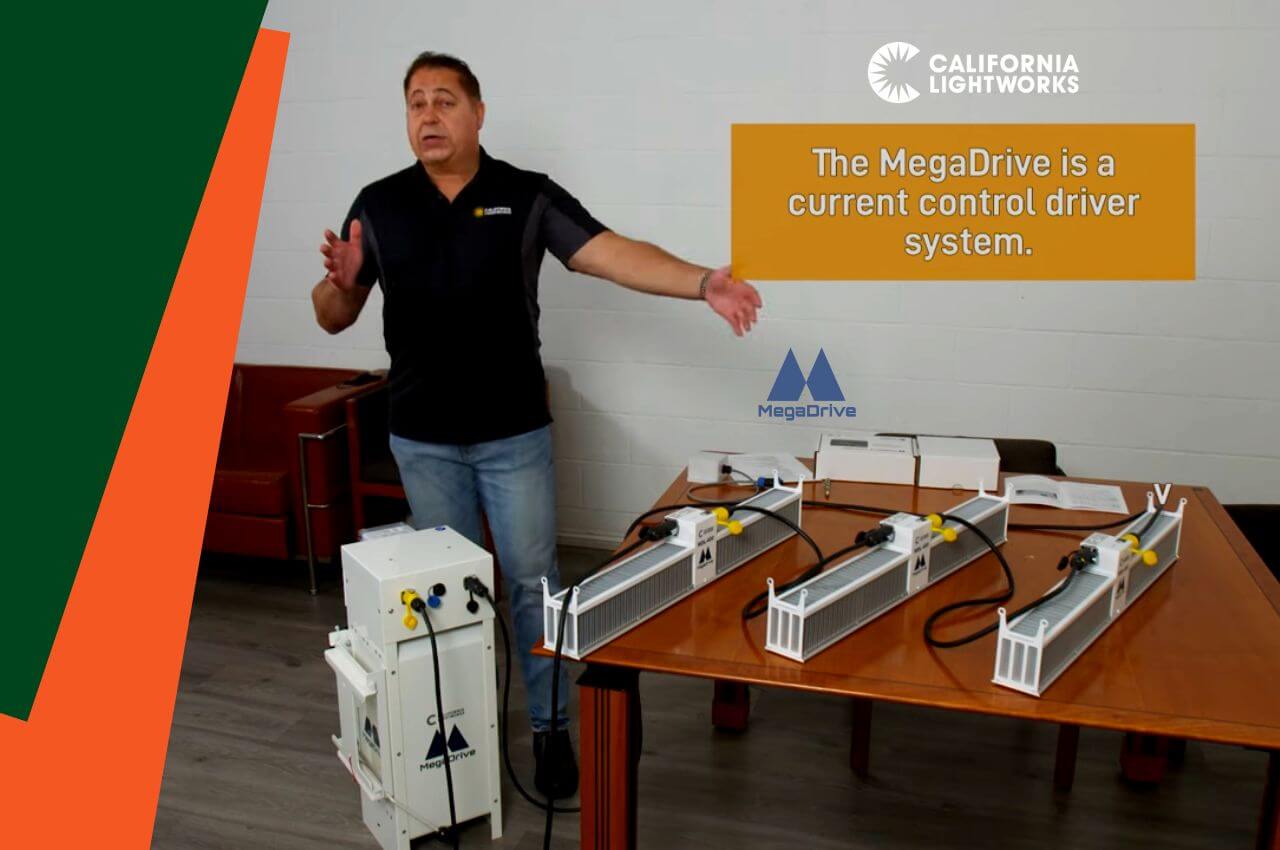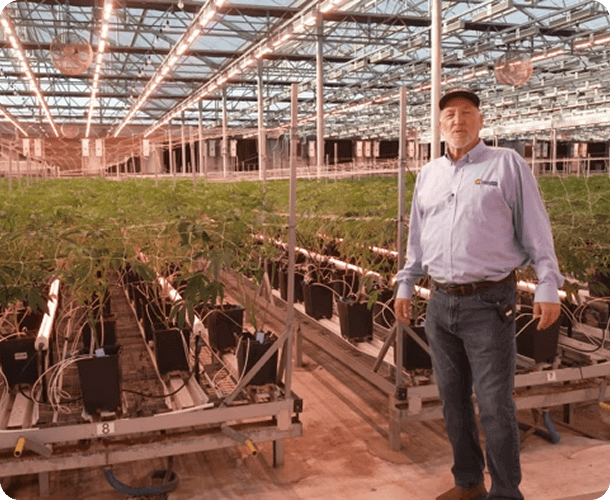There is a science to maintaining consistent heat in a grow tent. If you’re struggling with overheating or fluctuating temperatures, you’re not the first grower to face that challenge. You certainly won’t be the last.
Generally, the sweet spot for your plants is a temperature between 70-80 degrees Fahrenheit. This is the range in which your plants can absorb the ideal amount of nutrients—not too much and not too little. It can be difficult to hit that target in a small space filled with electronics.
To complicate matters further, it’s not enough to simply minimize heat in a grow tent. You also need to establish consistency. Fluctuating temperatures cause stress for your plants. This leads to an unhealthy crop and small yields.
Neither task is easy, especially if you’re a first-time grower. Between electronic equipment, humidity, and the external environment, there are countless factors interrupting your ability to control heat in a grow tent.
That’s the bad news.
The good news is that there are several fairly easy adjustments you can make to minimize heat.
Choose LED Grow Lights
Your choice of grow light has a major influence on the environment inside your grow tent. Most growers opt for either HID bulbs or LED lamps.
HID bulbs can be either HPS (high-pressure sodium) or MH (metal halide) lights. Growers who use HIDs typically use MH for the vegetative phase and HPS for flower. This has been the traditional approach to grow tent lighting.
But it’s no longer the preferred option. Now, even home growers are choosing LEDs over HIDs with increasing frequency.
While LED technology is still fairly new and comes with a somewhat higher initial investment, the benefits are many. They consume about half the energy of HIDs, high-quality LEDs last around 10-15 years, and they yield a better product.
They also emit significantly less heat.
It’s true that you will have to manage heat in a grow tent no matter what type of light you choose. But LED grow lights make the task much easier. You require far less supplemental cooling when you use LEDs.
Install a Quality Ventilation System
If you don’t have a ventilation system, you need one. If you have one, make sure it’s hooked up property and has enough power to meet your needs.
A ventilation system controls heat in a grow tent by expelling hot air and ushering cooler air in from outside the tent. A typical system includes an exhaust fan, ducting, and a carbon filter to neutralize plant-related smells.
The exhaust fan—also called an inline fan—is responsible for the exchange of air. It releases the hot air that would otherwise be trapped inside your tent and brings in fresh air from outside your grow space.
Ducting manages the directional flow of the hot, stagnant air your exhaust fan expels. It’s important that you route your duct out a window or into a hole in the ceiling leading towards the attic.
You don’t want to push that old air into the space surrounding your tent… otherwise, it all comes right back inside.
On that note . . .
Manage Heat in a Grow Tent by Managing Heat Around the Grow Tent
Reconsider where you place your grow tent. Remember, your top-notch ventilation system is going to bring all that air surrounding your tent into the grow space. If it’s hot in the room, it’s going to be hot in the tent.
You might think about moving to a room that is naturally cooler, such as the basement. If you have central air conditioning, another option is to place your grow tent near air vents.
And of course, you can position your grow tent near an open window. This option provides access to cooler air while also making it easy to direct your ducting out of the room.
Consider an Air Conditioning Unit
Whether you place it inside or outside the tent, an air condition unit can do wonders to manage heat in a grow tent.
By placing an air conditioner inside the tent, you have direct control over your plants’ environment. Just be careful not to cool things down too much.
Even an oscillating fan can help you manage heat. A fan disperses heat and can circulate the air to prevent stagnation.
If you’re not ready to introduce yet another environmental factor to your grow tent, consider hooking up an air conditioner in the room containing your grow tent. Air conditioning keeps the space cool and makes it easier for you to control and maintain a consistent room temperature.
Remember: Electronic Equipment Generates Heat in a Grow Tent
Drivers, hydroponics pumps, filtration systems . . . all the electrical equipment you use to achieve high yields also creates heat in a grow tent.
Now, you clearly can’t stop using these essential items. However, you may be able to relocate these items outside the tent, keeping them connected to the inside with extension cords or extended pipes.
You’d be amazed at how you can minimize heat just by eliminating a few electronics.
Run Your Lights at Night
If you set up your grow tent properly, you should have a grow space for your plants that is completely free of light pollution. This means you do not have to adhere to the cycle of the real day and night. Your plants don’t know the difference.
Inside your grow tent, daytime is whenever you say it is.
Now, you do want to keep your plants on a consistent 24-hour schedule. But you can schedule your lights-on period during the night hours.
And why would you do that?
You see, even though the sun cannot reach your plants, its rays warm the room in which you keep your tent. This means even the sun generates heat in a grow tent, however indirectly.
By running your grow lights during the night hours, you exchange one heat-causing factor for another instead of doubling up.
Keep the Heat and Add CO₂
If you’re new to home growing, we recommend sticking with the above suggestions for keeping your heat levels down.
However, if you’ve gained some experience with your home grows and are ready to advance, you might consider this option:
Instead of minimizing heat, increase your carbon dioxide levels.
All things being equal, too much heat is bad for your plants. So is too much CO₂. But when you increase both elements together, you can actually boost your yields. This is because your plants need a higher leaf temperature to absorb more carbon dioxide.
You can learn all about CO₂ fertilization here. In the meantime, here’s the short version:
If you’re going to add CO₂, you can let the temperature of your grow room rise about 5-10 degrees higher than normal.
Whether you choose to make the most of your heat or minimize it, we wish you all the best in finding that sweet spot for your plants.
If you’re interested in minimizing heat by switching to LED grow lights, we recommend checking out the SolarXtreme series by California LightWorks. This collection includes compact, beginner-friendly fixtures that yield professional results.
And if we at California LightWorks can help you find the right lighting system for your grow room, please don’t hesitate to reach out.





